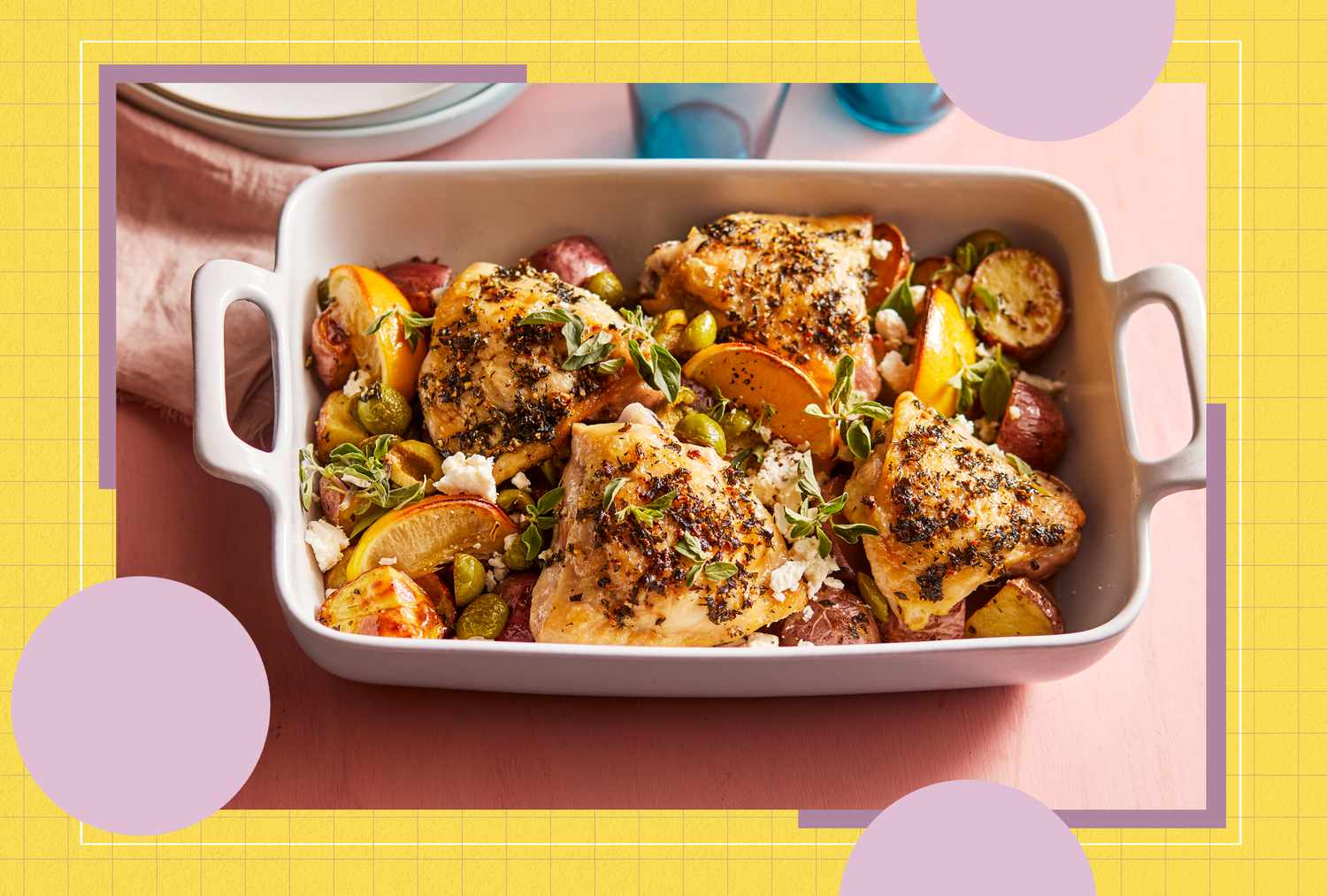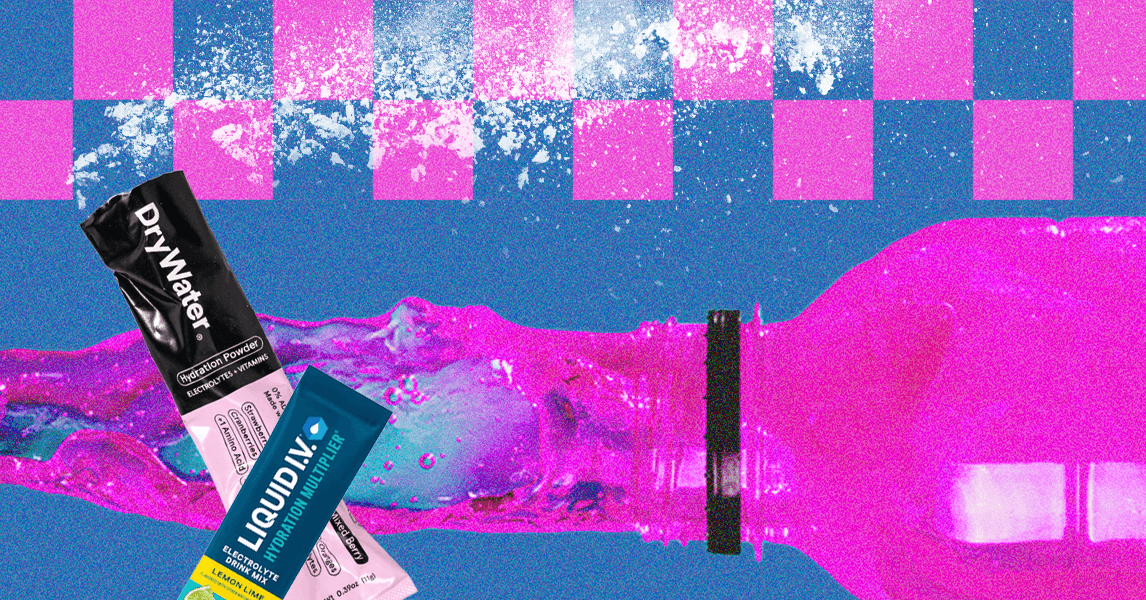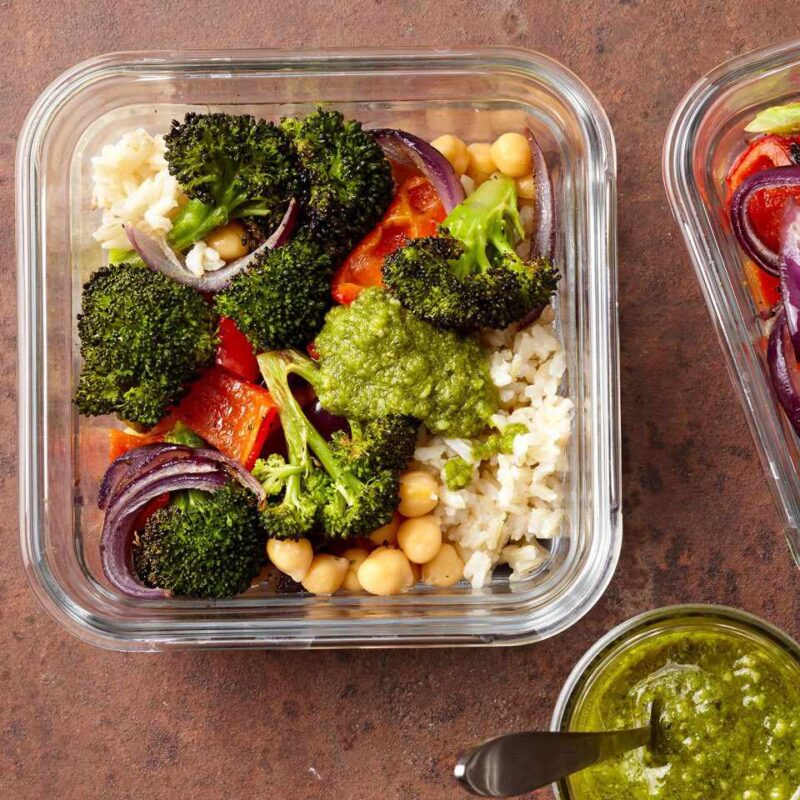Blog
The #1 Herb for Healthy Blood Pressure, According to Experts

- Oregano is packed with antioxidants that may help lower blood pressure and support heart health.
- Fresh oregano offers more flavor and health benefits—sprinkle it on veggies, eggs or soups.
- Oregano’s plant compounds show promising blood pressure effects.
Keeping your blood pressure in check is a top priority for millions of Americans. While medications may be necessary in some situations, there are things you can do at home—including in your kitchen—to help promote healthy blood pressure levels. And, surprise, including herbs like oregano in your regular diet may just be one of them!
We talked to two leading dietitians in the nutrition field, one integrative and functional dietitian and one dietitian and chef, to get the facts on how oregano can benefit blood pressure. Find out what the latest research says and how these dietitians recommend incorporating oregano into your routine to improve your blood pressure.
Why Oregano Is So Great for Blood Pressure
There are a lot of healthy herbs you can use in your recipes! In fact, we’ve rounded up 14 of the healthiest herbs and spices you should eat, and you guessed it, our No. 1 pick for healthy blood pressure tops that list, too.
Oregano (Origanum vulgare) is rich in powerful antioxidants that help support overall health. These compounds combat harmful free radicals—unstable molecules that can cause cellular damage over time. Diets high in antioxidants, including those from herbs like oregano, have been linked to lower blood pressure in people with elevated levels.
While eating oregano leaves and oil in normal food preparation is likely safe, using supplements, oils or other forms with limited research may pose health risks. So be sure to limit the use of oregano to the leaves—dried and fresh—in recipes you make for the most science-backed benefits.
Melissa Azzaro, RDN, owner of The Hormone Dietitian, shares, “Fresh herbs, including oregano, are one of the most potent sources of antioxidants, so a sprinkle of oregano may help contribute to your antioxidant intake.” According to Azzaro, “Traditionally, oregano has been used to treat allergies, high blood pressure, diabetes and respiratory infections. Although research in human subjects is limited, oregano contains many powerful plant compounds, like carvacrol, that have been shown to have potential health benefits in test tube and animal studies.”
Kitchen Tips
“Using oregano in cooking is an easy way to boost antioxidant intake, even if we don’t fully understand its benefits on health yet,” shares Azzaro. Plus, the versatility of oregano lends itself to various types of recipes.
According to New York City-based dietitian and chef Abbie Gellman, “Oregano is often known for its use in Italian recipes such as pizza or marinara sauce. However, it is frequently used in Greek, Spanish and Mexican cooking. There are so many ways to use oregano!”
Here at EatingWell, we love using oregano in recipes like our Greek-Inspired Burgers with Herb-Feta Sauce and Slow-Cooker Chicken Parmesan Meatballs. But that’s not all you can do with it. Gellman recommends experimenting with fresh oregano by adding it to your favorite no-recipe recipes, like:
- Sautéed onions and mushrooms or your favorite vegetables
- Omelets or frittatas
- Homemade salad dressings
- Chili and soups
But, before you toss a handful of freshly chopped oregano into your warm dish, Gellman suggests waiting until the end of the cooking process and adding to the finished dish. Generally speaking, Gellman shares, “Fresh oregano will be a better choice than dried in both flavor and health benefits. However, if fresh is not available, then dried can be used.”
What to Know About High Blood Pressure
Blood pressure is the power with which blood flows from your heart through your arteries. This constant blood flow helps deliver oxygen and nutrients throughout your body to keep it functioning at its prime. Medical professionals measure blood pressure to help identify how efficiently the force of blood is flowing through your body. Blood pressure that’s too high is called hypertension.
Using an arm cuff, a health care provider can help to take your blood pressure reading. The first number in a blood pressure reading—the systolic blood pressure—measures the pressure in your arteries when your heart is beating. The second number—the diastolic blood pressure—measures the pressure in your arteries between beats when your heart is at rest. When blood pressure is measured, the systolic number is recorded over the diastolic number in millimeters of mercury (mmHg).
Blood pressure levels are used to diagnose high blood pressure:
- Normal Blood Pressure: <120/80 mmHg
- Elevated Blood Pressure: 120-129/<80 mmHg
- Hypertensive (Stage 1): 130-139/80-89 mmHg
- Hypertensive (Stage 2): >139/>90 mmHg
Nearly half of adults have hypertension. Having high blood pressure puts one at risk for heart disease and stroke, two of the leading causes of death in the United States. It’s important to be proactive and take measures with your health care team to support healthy blood pressure if you yourself have high blood pressure or have a family history of this condition.
Our Expert Take
Whether you have high blood pressure or not, adding herbs like oregano to your recipes is a great idea. Not only does oregano have a versatile flavor profile that works well in a variety of dishes, but it also packs plant compounds that have proven health benefits, such as lowering blood pressure. While more research is needed on the blood pressure benefits of oregano in humans, preliminary data is promising. Consider adding fresh oregano to your grocery list and experimenting with it in your favorite recipes.












